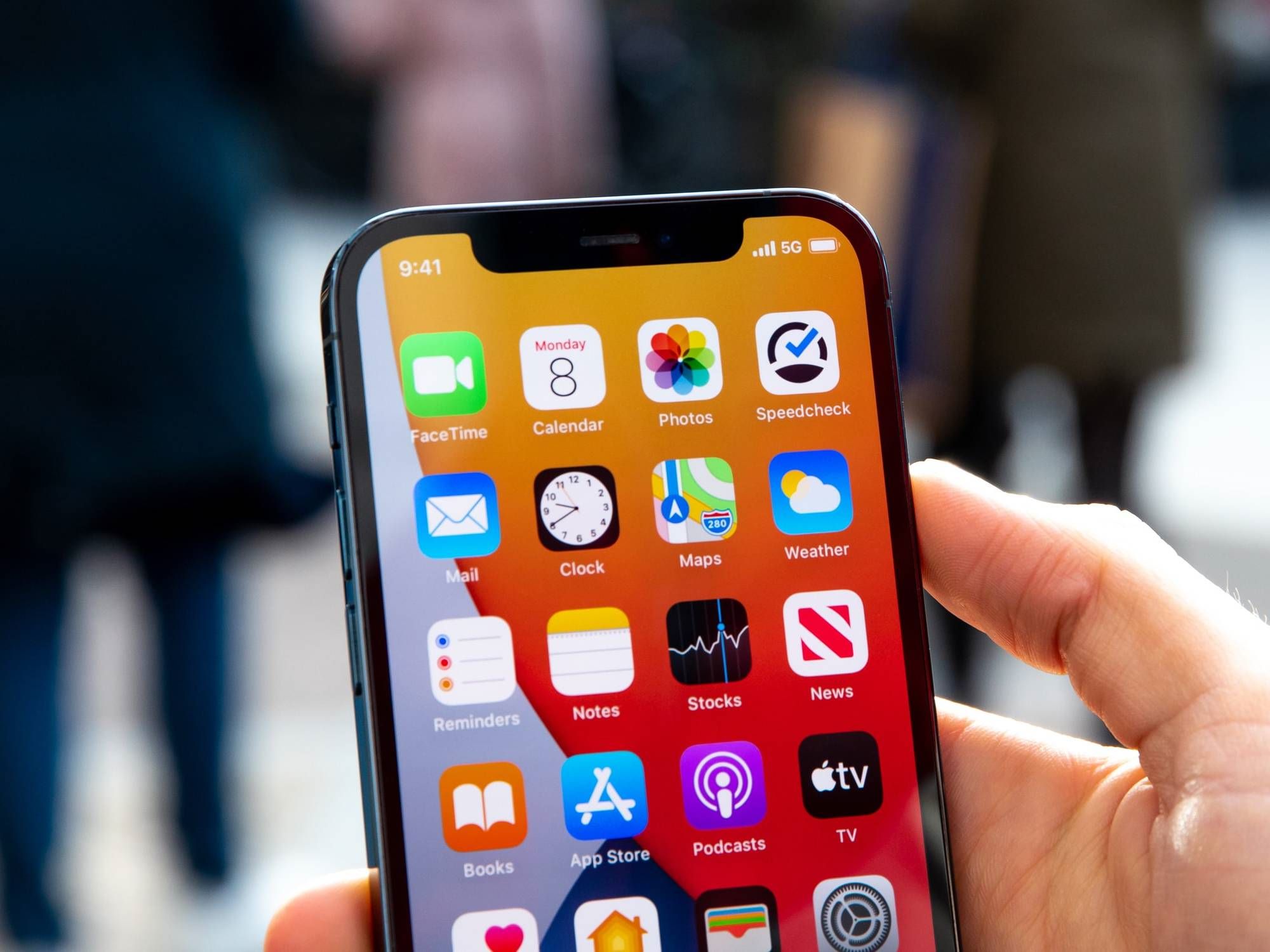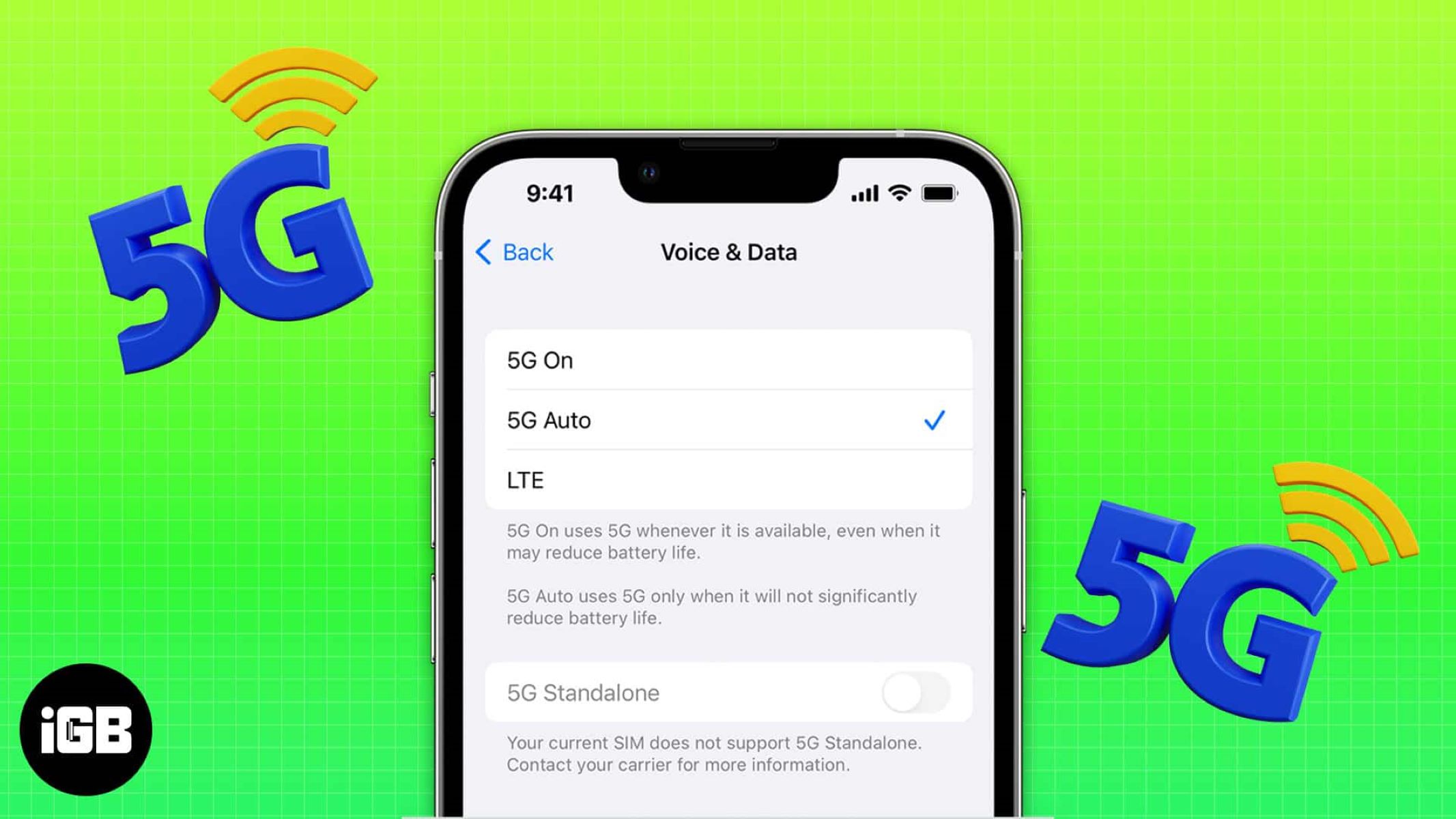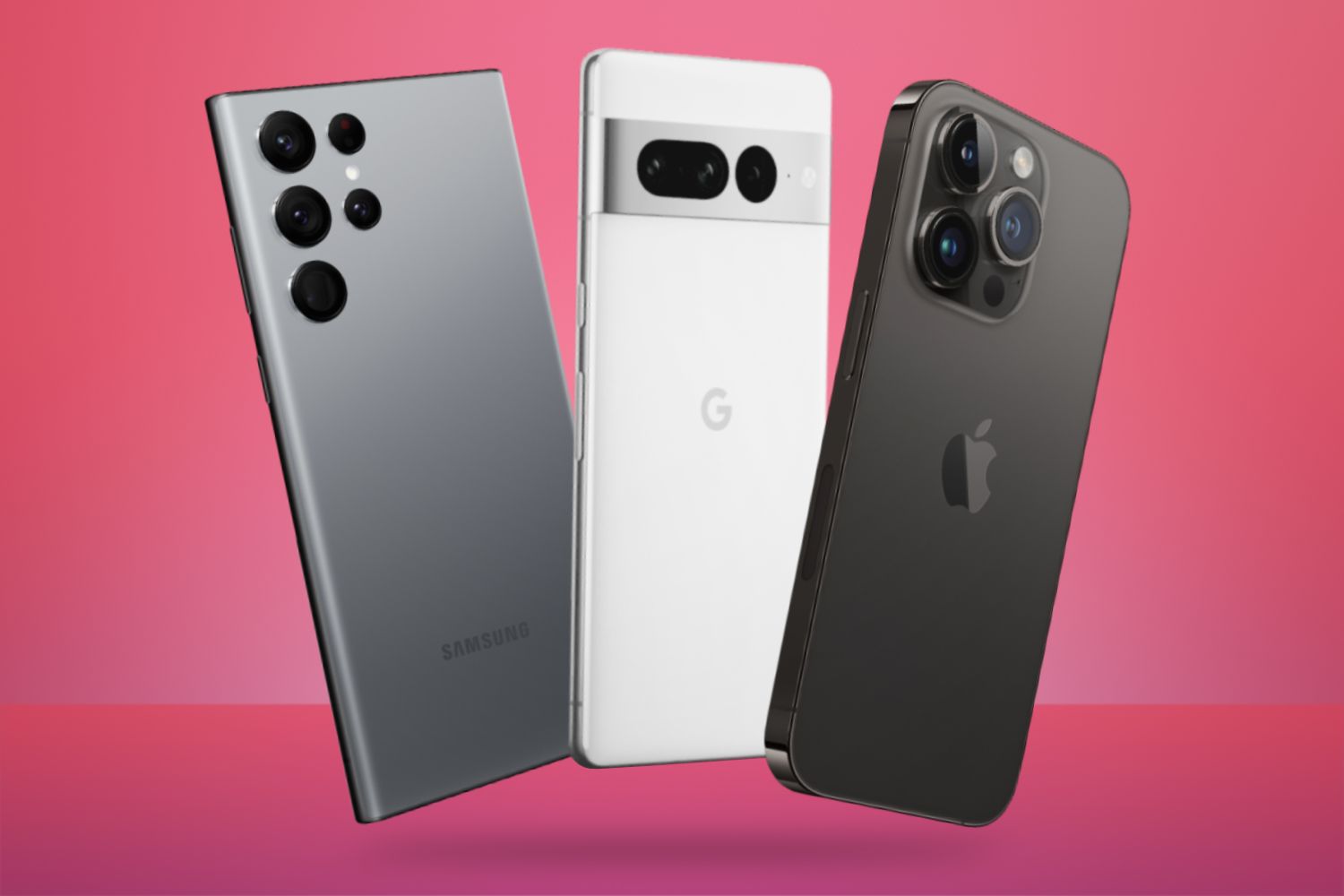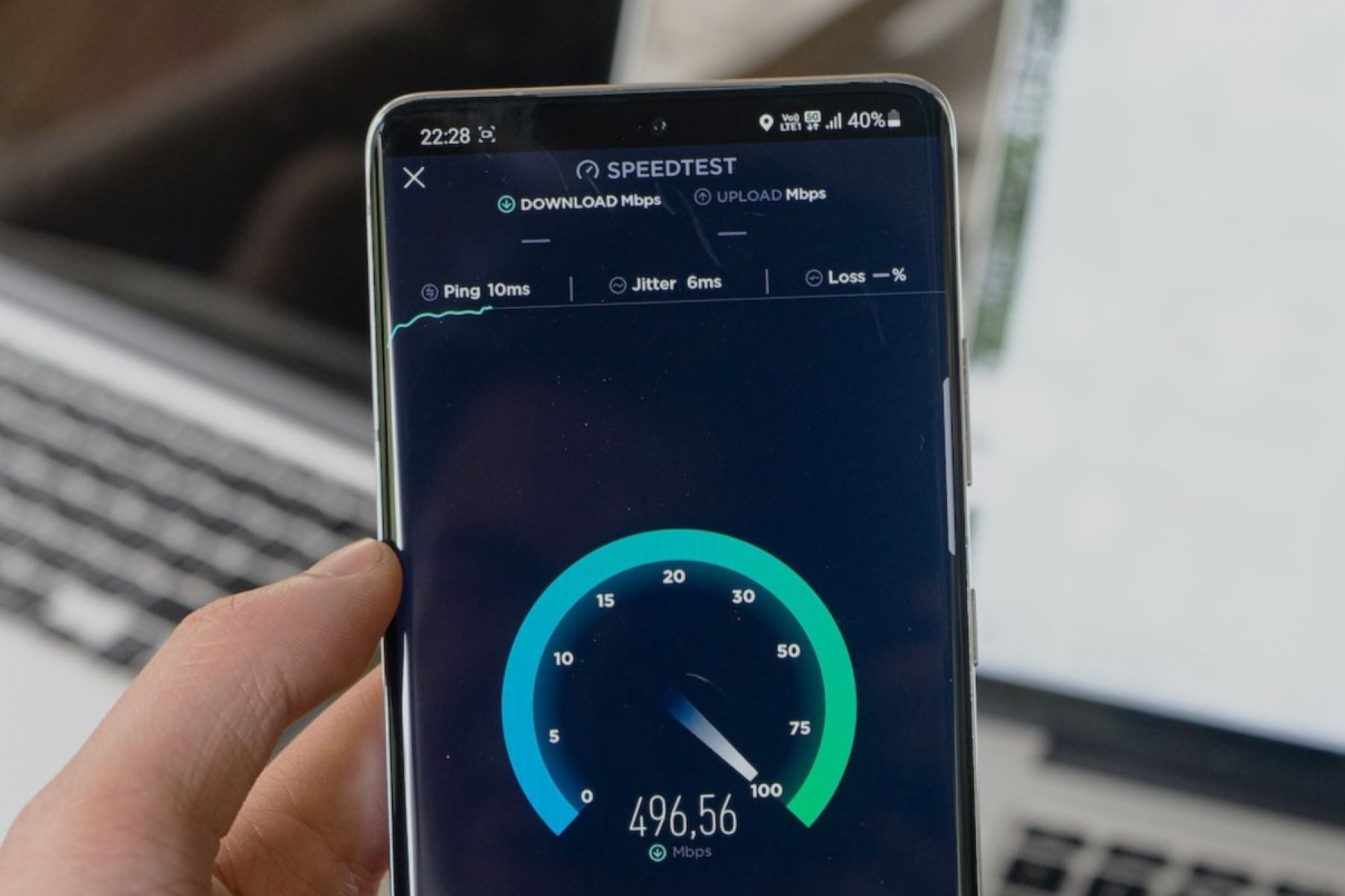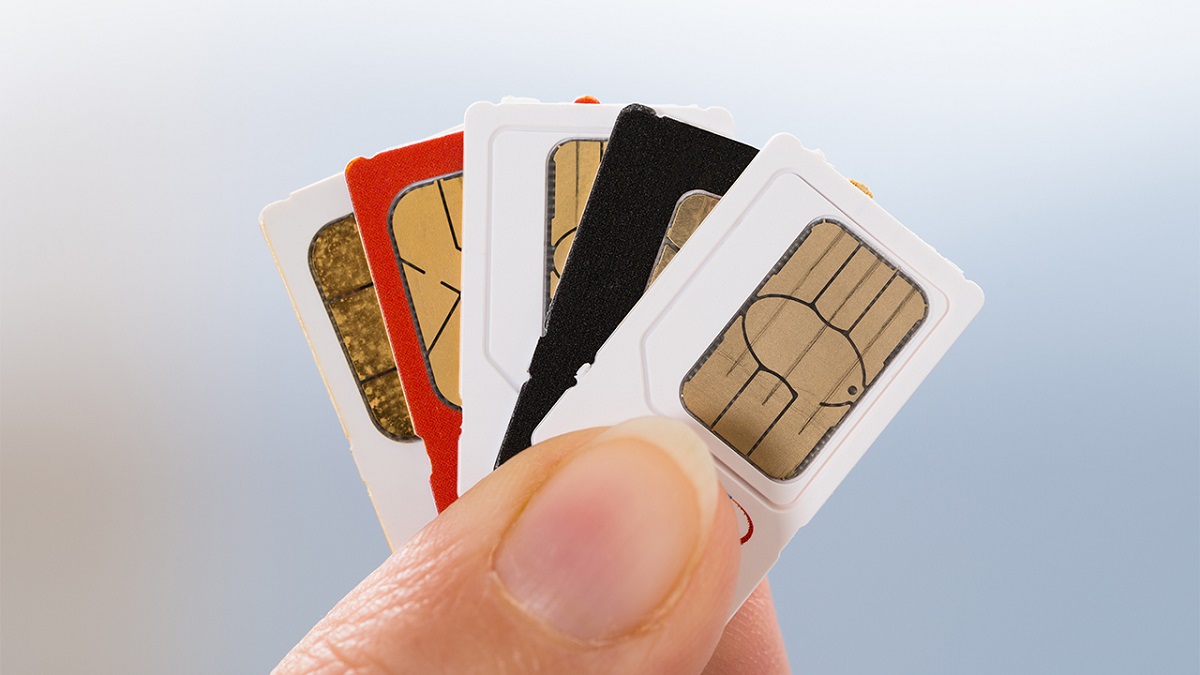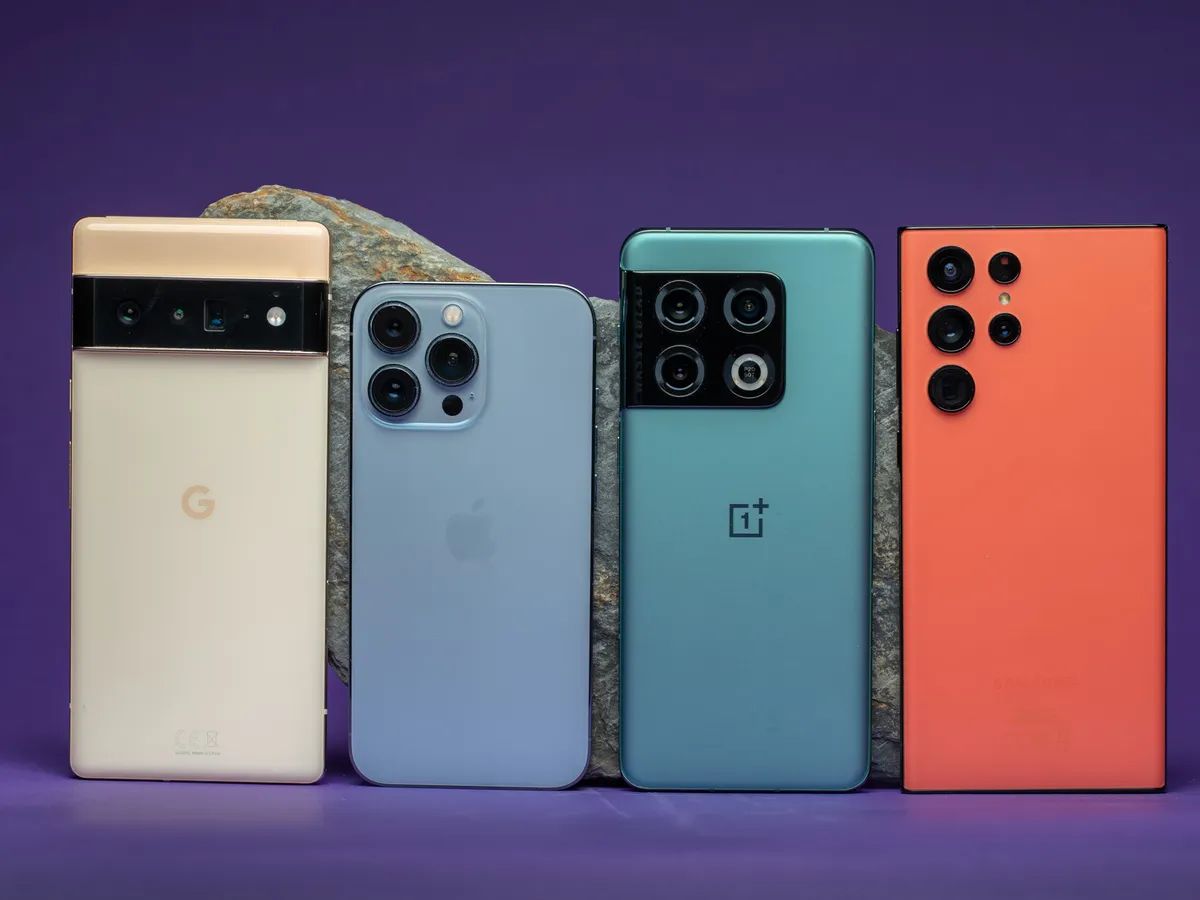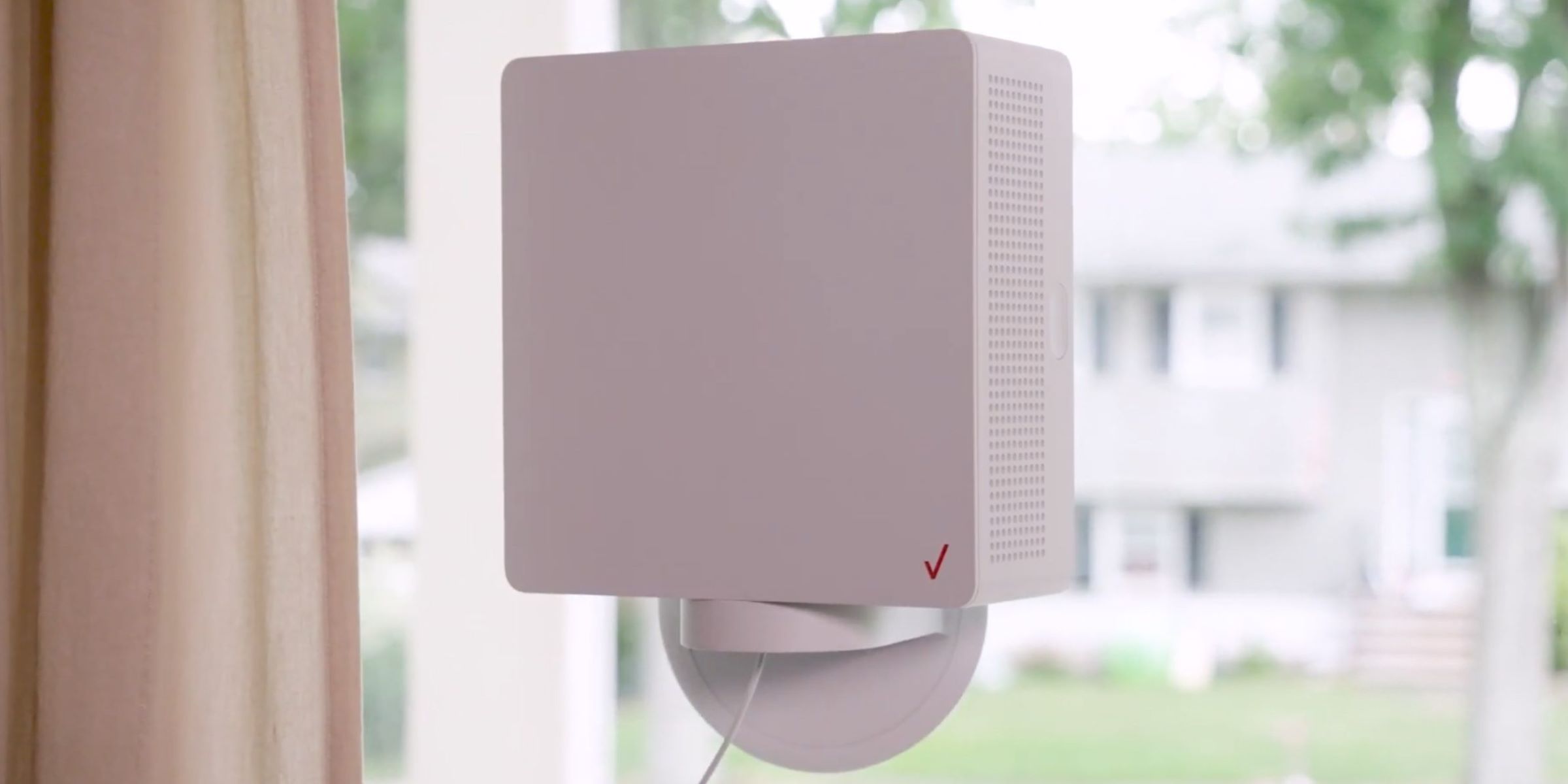Introduction
Welcome to the era of cellular technology evolution, where the demand for faster and more reliable internet connections is on the rise. As smartphones continue to dominate our daily lives, the race to enhance network speeds and capabilities is highly competitive. Two of the most popular terms in this context are LTE and 5G. You may have noticed that your phone is currently connected to an LTE network instead of 5G, leading you to wonder why.
Before we dive into the reasons behind this, let’s understand what LTE and 5G actually mean. LTE, short for Long-Term Evolution, is a wireless communication technology that provides faster data speeds compared to its predecessor, 3G. On the other hand, 5G, or Fifth Generation, is the latest advancement in wireless technology, promising even higher speeds, extremely low latency, and the potential to connect various devices simultaneously.
Now that we have a basic understanding of LTE and 5G, let’s explore the factors that determine why your phone might be connected to an LTE network instead of 5G.
Understanding LTE and 5G
When it comes to understanding why your phone is currently connected to an LTE network instead of 5G, it’s essential to have a clear understanding of these two technologies.
LTE, or Long-Term Evolution, is a 4G wireless communication standard that offers significantly faster data speeds and improved network performance compared to its predecessor, 3G. It uses various advanced techniques, such as advanced coding and modulation schemes, to provide higher throughputs and a more stable connection. LTE has been widely adopted by network providers around the world and is currently the prevailing standard for most mobile networks.
On the other hand, 5G, or Fifth Generation, is the latest and most advanced wireless technology to date. It represents a significant leap forward in terms of speed, capacity, and latency compared to LTE. 5G networks have the potential to offer blazing-fast download and upload speeds, ultra-low latency for real-time applications, and the ability to connect a massive number of devices simultaneously. However, 5G technology is still in its early stages of deployment and is gradually being rolled out by network operators worldwide.
One important thing to note is that while LTE and 5G both aim to provide fast and reliable connections, they operate on different frequency bands. LTE networks primarily operate on lower frequency bands, such as the 700 MHz or 2.4 GHz bands, while 5G networks can utilize a wider range of frequencies, including both lower and higher frequency bands.
As a result, the availability and coverage of 5G networks are not as widespread as LTE networks. Moreover, due to the higher frequency bands used by 5G, the signal propagation range is shorter, requiring more infrastructure and cell towers to provide widespread coverage.
So, if your phone is currently connected to an LTE network instead of 5G, it’s likely because 5G coverage is not yet available in your area or the network operator you’re using hasn’t fully deployed 5G infrastructure there.
Network Coverage
One of the key factors that determine whether your phone is connected to an LTE or 5G network is the availability of network coverage in your area. While LTE networks have been widely deployed and offer extensive coverage in many regions, 5G networks are still in the early stages of expansion.
As a result, there may be limited or no 5G coverage in certain areas, while LTE coverage is more prevalent. Network providers are gradually rolling out 5G infrastructure, starting with major cities and urban areas. This means that if you’re not located in a region with 5G coverage, your phone will connect to the available LTE network by default.
It’s worth noting that network coverage will continue to expand over time as network operators invest in upgrading their infrastructure to support 5G technology. So, even if you’re currently connected to an LTE network, there’s a possibility that 5G coverage will become available in your area in the near future.
To check whether 5G coverage is available in your area, you can visit the website of your network provider or use their dedicated mobile app. These resources usually provide coverage maps that indicate the availability and strength of both LTE and 5G signals in different regions.
Keep in mind that the availability of 5G coverage may also vary between different network providers. While one provider may have extensive 5G coverage in your area, another might still be in the early stages of deploying 5G infrastructure. Therefore, it’s essential to check the coverage provided by your specific network operator.
Device Compatibility
Another crucial factor that determines whether your phone connects to an LTE or 5G network is the compatibility of your device. Not all smartphones or mobile devices support 5G connectivity, as it requires specific hardware and modem capabilities.
If your device is not 5G-compatible, it will automatically connect to the available LTE network. Older smartphones or budget devices often lack the necessary components to support 5G connections, as this technology is relatively new and continuously evolving.
Manufacturers have released numerous 5G-capable smartphones in recent years, catering to those who want to experience the speed and benefits of 5G networks. However, purchasing a new 5G-compatible device is not always feasible or desirable for everyone.
If you’re using an LTE-only device and want to switch to a 5G network, you will need to upgrade to a compatible smartphone or device. Always ensure that the device you choose explicitly states its compatibility with 5G networks to avoid any confusion or disappointment.
On the other hand, if you already own a 5G-compatible device but are not currently connected to a 5G network, it could be due to the availability of 5G coverage in your area, as discussed earlier. Make sure to update your device’s software regularly to ensure optimal performance and compatibility with emerging 5G network technologies.
As 5G technology continues to evolve and become more widespread, it is expected that more devices will support 5G connectivity out of the box. Keep an eye on the latest device releases and advancements in mobile technology if you’re interested in upgrading to a 5G-compatible device in the future.
Network Infrastructure
The availability and deployment of network infrastructure play a crucial role in determining whether your phone is connected to an LTE or 5G network. Upgrading network infrastructure to support 5G technology requires significant investments and time.
5G networks require a denser distribution of cell towers and infrastructure compared to LTE networks. This is because 5G signals operate on higher frequency bands, which have a shorter range and reduced ability to penetrate buildings and obstacles. To ensure reliable 5G coverage, network operators need to install more small cells and deploy advanced signal propagation technologies.
While some network providers have made considerable progress in deploying 5G infrastructure, it still takes time to expand coverage to all areas. Urban areas and major cities are usually the first to receive 5G upgrades due to higher population densities and increased demand for faster connectivity. As a result, if you live in a rural or remote area, it’s more likely that your phone will be connected to an LTE network.
Network providers also need to upgrade their core network infrastructure and backhaul capabilities to accommodate the massive amount of data traffic that 5G networks generate. This infrastructure upgrade process takes time and coordination with various stakeholders.
Furthermore, the deployment of network infrastructure can vary between different network operators. While one provider might have an extensive 5G infrastructure in a certain region, another may still be in the early stages of deployment. This can result in differences in 5G coverage and availability between different network operators.
As network providers continue to invest in and deploy 5G infrastructure, coverage will expand, and the likelihood of connecting to a 5G network will increase over time. It’s important to keep an eye on network provider announcements and updates regarding their 5G deployment plans in your area.
Spectrum Availability
Spectrum availability is a significant factor in determining whether your phone is connected to an LTE or 5G network. Spectrum refers to the radio frequencies that networks use to transmit data and communicate with mobile devices.
5G technology operates on a wider range of frequencies compared to LTE. It can utilize both lower frequency bands, such as Sub-6 GHz, and higher frequency bands, including mmWave. Each frequency band offers different characteristics in terms of speed, coverage, and capacity.
However, the availability of spectrum varies across regions and countries. Regulatory bodies allocate and manage spectrum to ensure fair access and avoid interference between different network operators. As a result, network providers need to acquire the necessary spectrum licenses to deploy and offer 5G services in a particular area.
Additionally, different frequency bands have different propagation characteristics. Lower frequency bands, such as those used by LTE networks, offer better coverage and can penetrate buildings and obstacles more effectively. On the other hand, higher frequency bands used in 5G networks have shorter range but can provide faster speeds and higher capacity in specific areas.
Due to spectrum availability and regulatory constraints, network providers may have limited access to certain frequency bands required for 5G deployment. This can result in slower rollout of 5G services in certain regions and a higher reliance on LTE networks.
It’s worth mentioning that network providers continually work to acquire additional spectrum licenses and participate in spectrum auctions to enhance their 5G capabilities and expand coverage. As more spectrum becomes available and is allocated for 5G use, the likelihood of your phone connecting to a 5G network will increase.
Keep in mind that even if 5G coverage is available in your area, network providers may still prioritize LTE connectivity based on factors such as network load, signal strength, and device compatibility. This ensures seamless connectivity and the best possible user experience.
Carrier Restrictions
Carrier restrictions are another factor that can determine whether your phone connects to an LTE or 5G network. Different network carriers have varying strategies and timelines for deploying and offering 5G services.
Some network operators may have already upgraded their infrastructure and deployed 5G in certain areas, while others may still be in the process of planning and implementing their 5G rollout. This means that the availability of 5G connectivity can vary depending on your network carrier.
Additionally, certain network providers may have specific restrictions or requirements for accessing their 5G networks. For example, they may require customers to have specific 5G-capable devices or be on specific data plans to connect to their 5G infrastructure.
These carrier-specific restrictions can result in your phone connecting to an LTE network, even if 5G coverage is available in your area. It’s important to check with your network carrier to understand their 5G deployment plans, device compatibility requirements, and any other restrictions that may affect your ability to connect to a 5G network.
Moreover, different carriers may also have partnerships and agreements with each other for roaming services. This means that even if your network carrier has limited 5G coverage, you may still be able to connect to another carrier’s 5G network through a roaming arrangement. However, keep in mind that roaming may come with additional costs and restrictions, so it’s essential to check the terms and conditions of your mobile plan.
To ensure that you have the best chance of connecting to a 5G network, it’s advisable to research and compare the 5G coverage, device compatibility, and carrier restrictions among different network providers in your area. This will help you choose a carrier that aligns with your 5G connectivity needs and offers the best available options.
Conclusion
In conclusion, several factors determine why your phone may be connected to an LTE network instead of 5G. These factors include network coverage, device compatibility, network infrastructure, spectrum availability, and carrier restrictions.
LTE networks have been widely deployed and offer extensive coverage in many areas, while 5G networks are still in the early stages of expansion. This means that 5G coverage may not be available in your specific location yet, leading your phone to connect to the available LTE network. As 5G infrastructure continues to expand, coverage will become more widespread over time.
Device compatibility is another crucial aspect to consider. Older smartphones or budget devices may not support 5G connectivity due to the specific hardware and modem requirements. Upgrading to a 5G-compatible device is necessary to connect to a 5G network and experience its benefits.
Network infrastructure plays a vital role in determining whether your phone connects to LTE or 5G. 5G networks require denser distributions of cell towers and upgrades to core network infrastructure and backhaul capabilities. The availability of network infrastructure varies between network providers and regions.
Spectrum availability, regulated by government bodies, also affects the deployment of 5G networks. Network providers need to acquire the necessary spectrum licenses to offer 5G services. Limited access to specific frequency bands can result in slower 5G rollout in certain areas.
Lastly, carrier restrictions can determine whether your phone connects to an LTE or 5G network. Different network operators have varying strategies and timelines for deploying 5G, and specific restrictions may apply, such as device compatibility requirements or data plan constraints.
Understanding these factors can help you make informed decisions when it comes to network connectivity for your mobile device. As technology continues to evolve and infrastructure expands, the likelihood of connecting to a 5G network will increase. Stay updated with your network provider’s announcements and advancements in mobile technology to ensure you can make the most of the latest cellular advancements.









